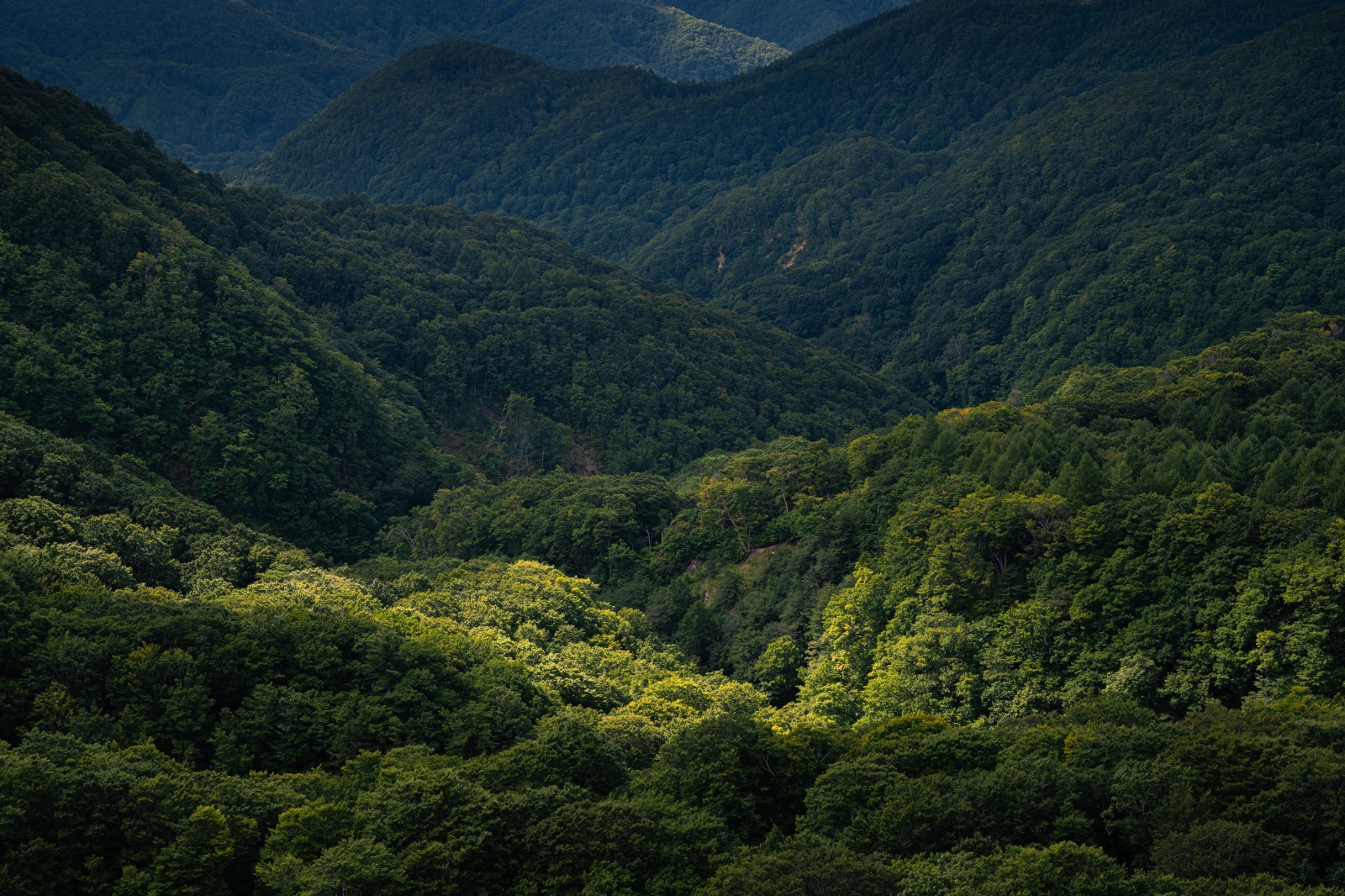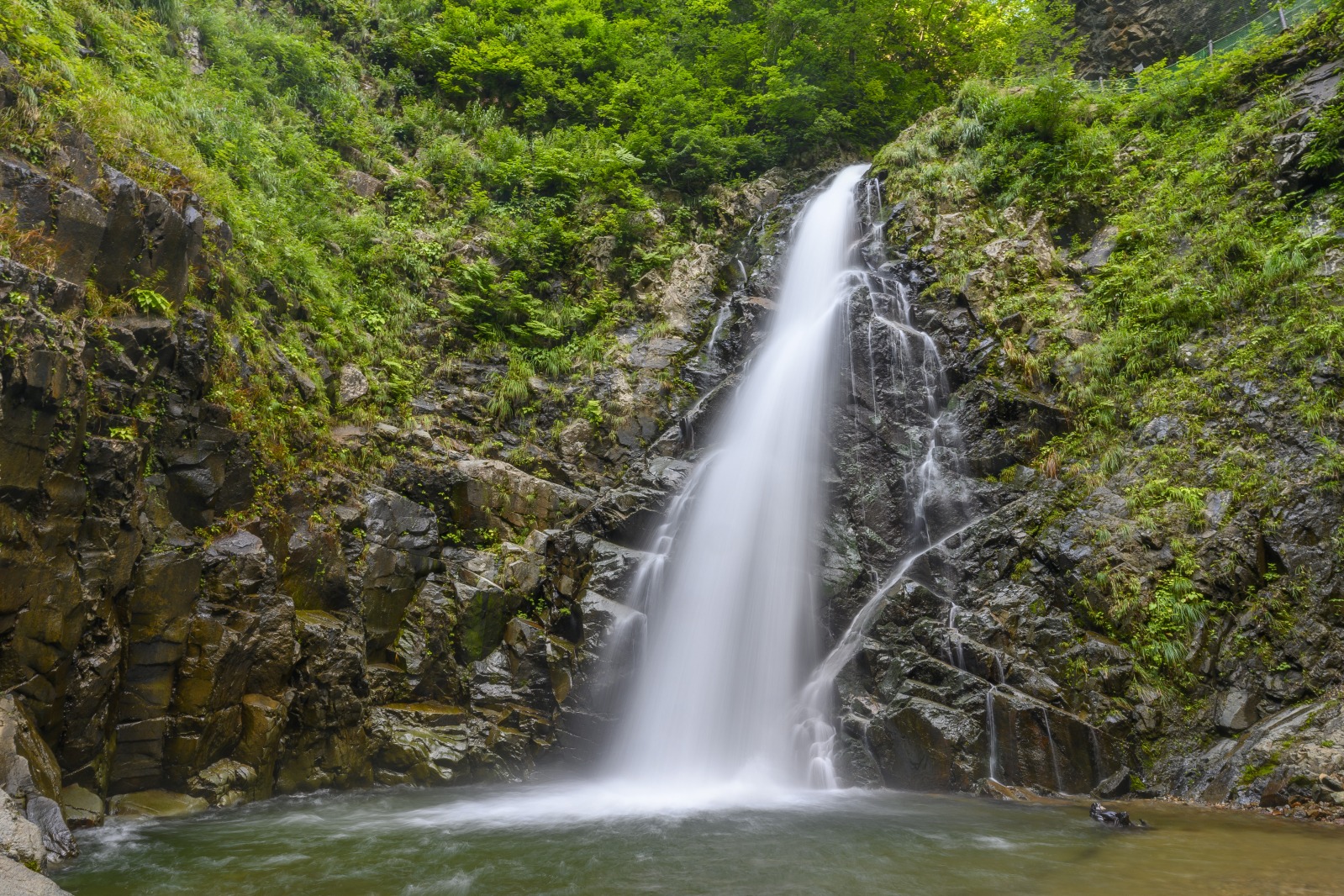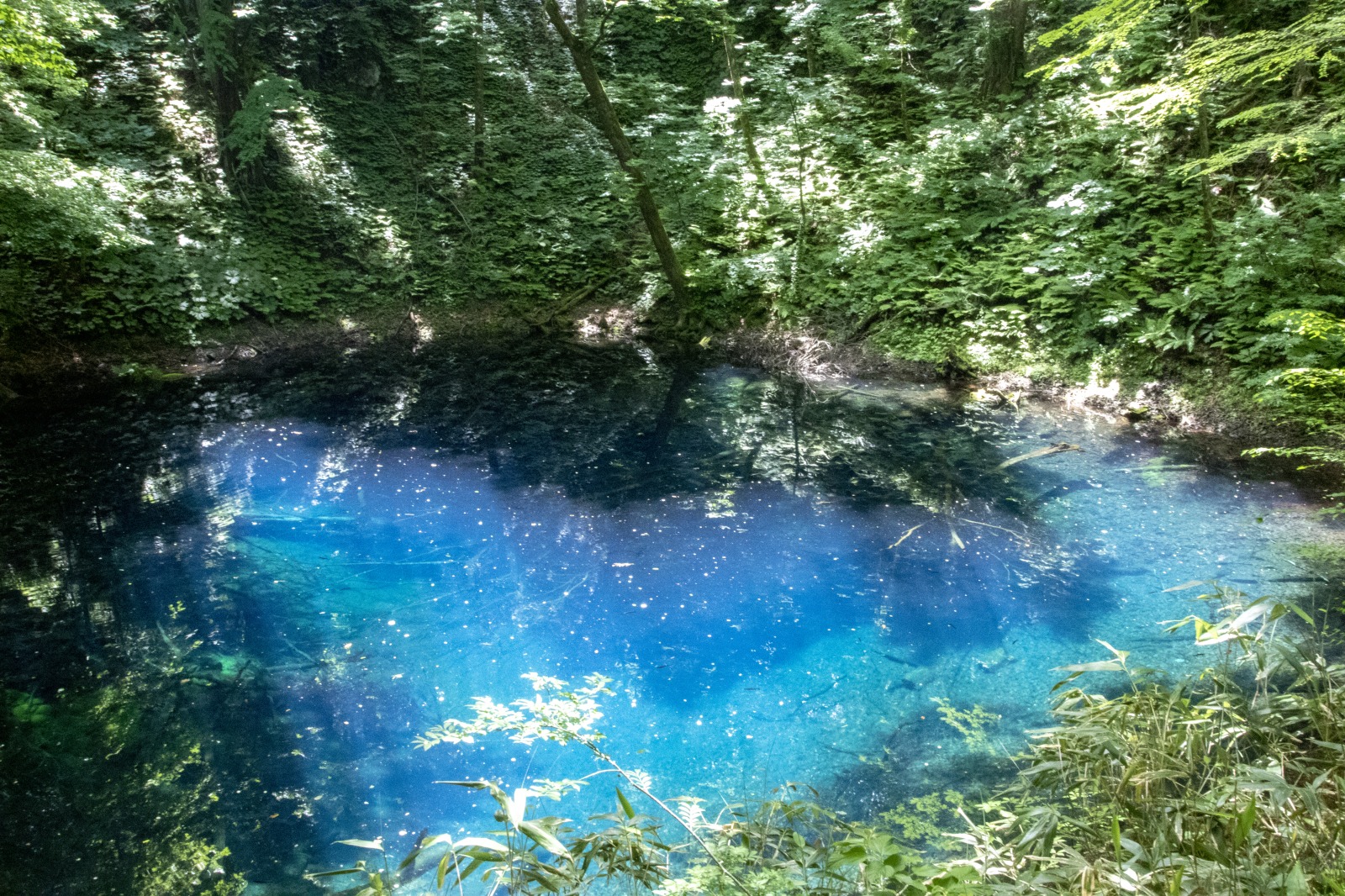The Symbiotic Forest, World Natural Heritage Site Shirakami Sanchi

The Shirakami Sanchi is often called the forest of gods. The mountainous area stretches over 130,000 hectares (501 square miles) across Aomori and Akita prefectures. Shirakami Sanchi was designated as the first world heritage natural site in Japan in 1993 for its virgin forest of beech trees that remain untouched by humans, therefore fostering a highly valuable ecosystem.
Shirakami Sanchi, the Forest of Gods
Sunlight shines through the dense forest which is the home to many beech, Mongolian oak, and Japanese wing nut trees just to name a few of the many species. Vast varieties of plants and trees blanket the forest. Walking through the ancient beech forest is highly invigorating due to the warm, natural light. The light showers over visitors and feels as if it possesses healing powers.
The forest floor features a deep humus layer created by fallen leaves. This layer functions as a natural dam for the forest, which acts like a sponge to keep moisture in the soil. The beech forest is also known for its clean, fresh spring water flowing from the ground — so you won’t need a water bottle when visiting.
A history of cohabitation
The inhabitants of the Shirakami area include traditional hunters who have benefited from the forest preserve and aim to continue protecting it. With the saying “a bag of beech nuts is worth its weight in gold,” the beech forest has provided people with mountain vegetables and mushrooms, firewood, and fresh fish. It is the water source of all agriculture in the area and enriches the lands and farms. People in the old days knew that the forest’s rich natural environment offered a treasure no less valuable than gold.
The value of Shirakami Sanchi is not only in the preservation of the primeval beech forest, but also the long history of people and nature coexisting, gaining knowledge, and developing their culture.
Anmon Waterfalls and the Mother Tree
In 2013, Shirakami Sanchi celebrated its 20th anniversary since becoming a World Heritage Site. Trekking courses are available from Nishimeya Village, the Fukaura Iwasaki area, and Ajigasawa Town. Guides are also available. Visitors can plan their trip with great flexibility to match one’s physical strength or external conditions such as time and weather. It is a great opportunity for people to experience the forest and take in its atmosphere.
On the way, visitors can see the 400-year old Mother Tree. The massive tree gives any onlooker the feeling of the forest’s living energy with its impressive appearance. Along Anmon River, the trekking paths lead hikers and trekkers to three magnificent waterfalls. Kurokuma Waterfall is one of the largest in Aomori with a height of 85 meters (278 feet) and a width of 15 meters (49 feet). It is easily accessible via the trails.
Along the way, be sure to visit the Juniko, a collective name for 33 lakes and ponds scattered across the massive beech forest. The Aoike—one of the Juniko—is especially popular for its cobalt-blue color.





